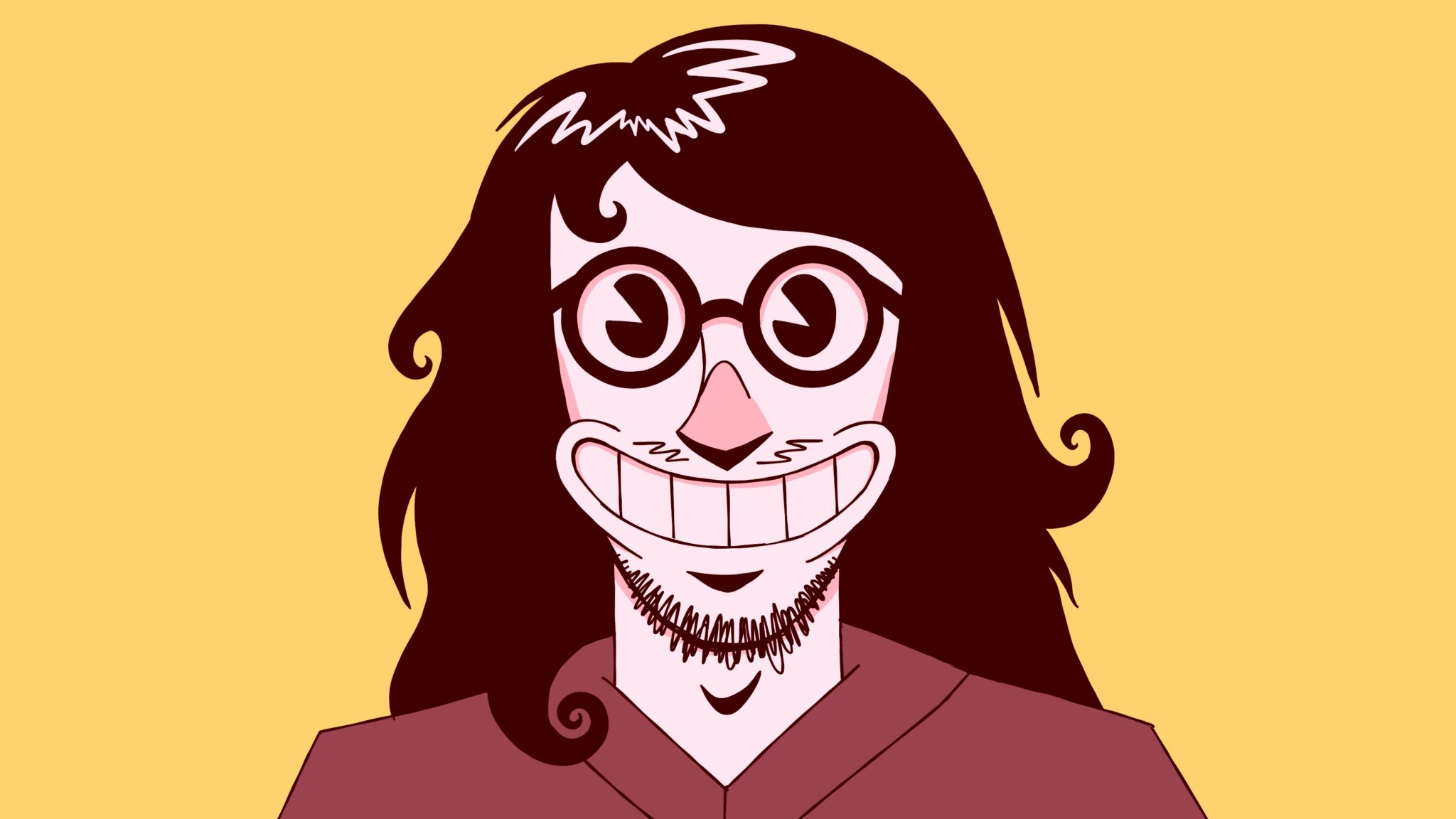This side-by-side comparison shows the storyboards next to the finished 2D animated music video, and how certain scenes changed.
Storyboards Save Time!
I mostly planned out the first half the music video with storyboards. When the rider goes into outer space, I ditched the planning stage and went for a more experimental style – which allowed for the animation to be more trippy and weird than If everything was planned too strictly.
All of these storyboards were drawn at a 1920 x 1080 aspect ratio, which allowed me to trace over the storyboard drawings as key frames.


Drawing For Camera Movement
The camera movements are indicated in the storyboard, therefore, any scene that requires camera movements will need careful planning.
Backgrounds have to be drawn at a resolution bigger than the screen resolution if the backgrounds are going to move. The girl riding the motorcycle across the town needed a really wide background of 12,000 pixels since it would pan across quickly.
As a small independent studio, drawing storyboards as layout drawings and keyframes saves a TON of time, because drawing the storyboard becomes part of the animation stage. It’s like tackling two jobs at once.


Concept For The Music Video
The concept for CAMO was pretty open for interpretation. Here’s the basis of what we had to work with from JJUU JJUU’s frontman Phil Pirrone:

